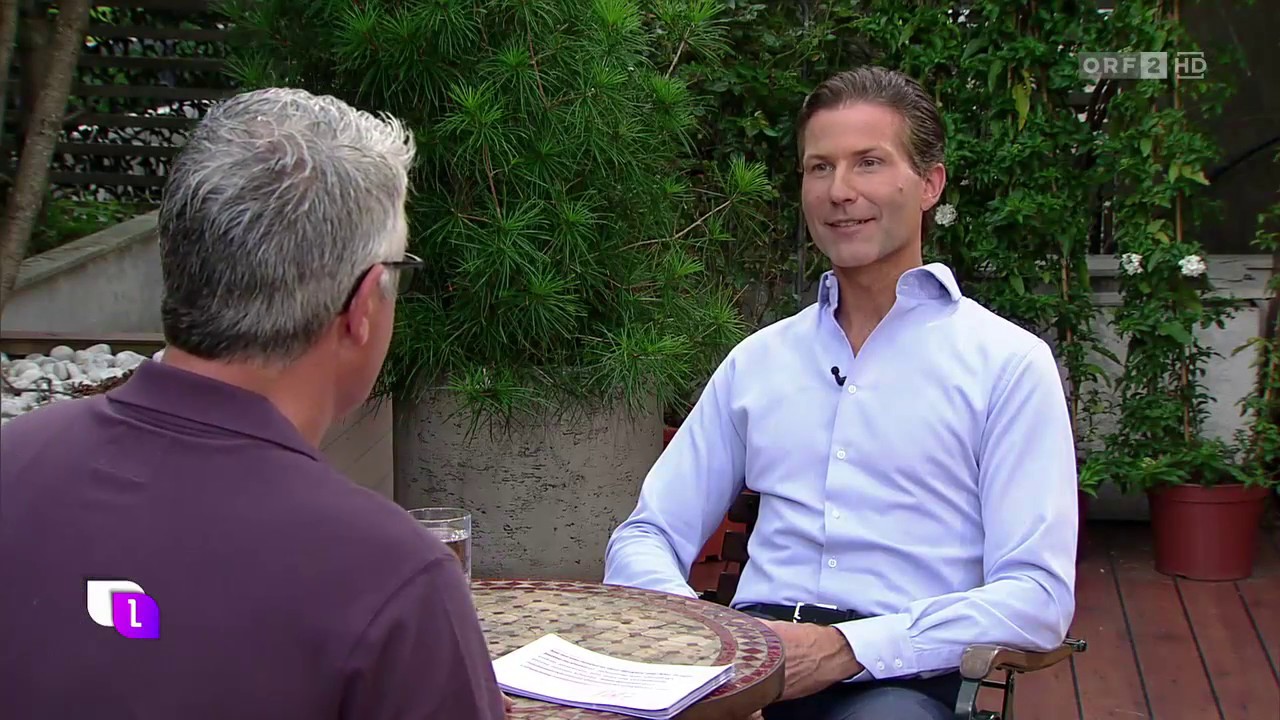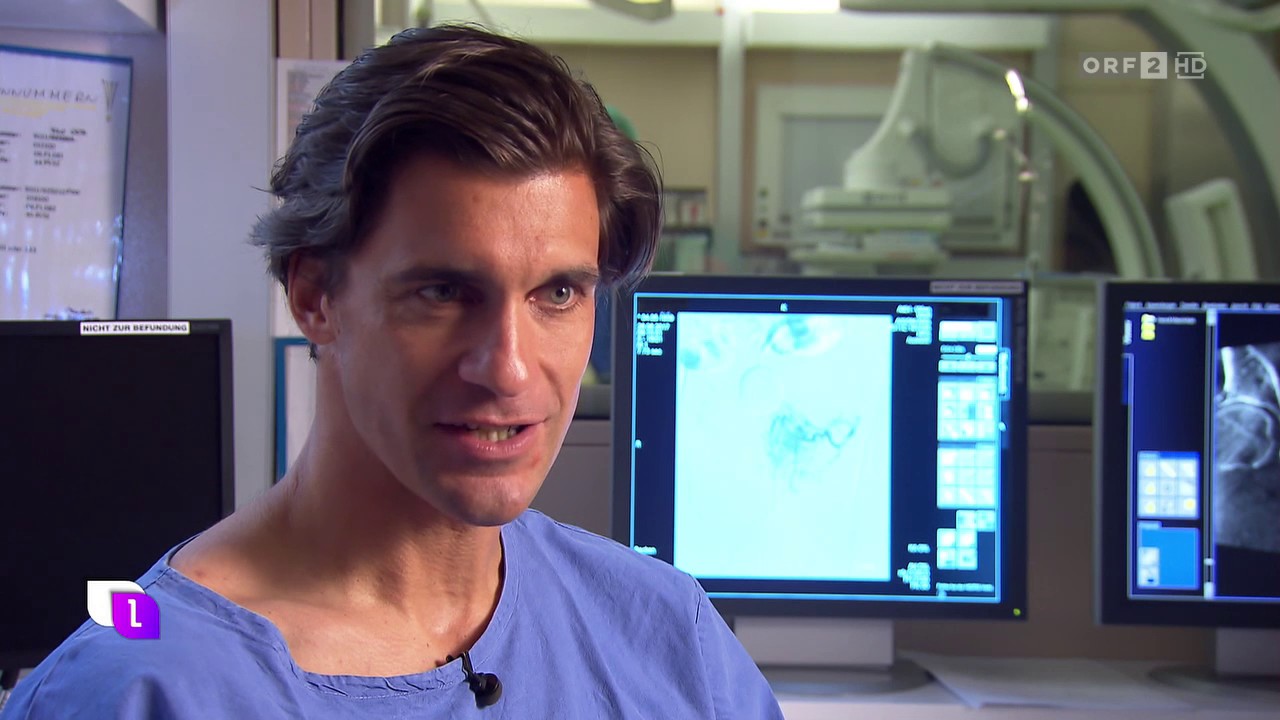- Warning: Trying to access array offset on false in /home/.sites/946/site9853591/web/wordpress/wp-content/plugins/salient-core/includes/vc_templates/vc_row.php on line 683
BPH
Benign Prostate Hyperplasia
Benign enlargement of the prostate is a common diagnosis and is diagnosed in every third man over 50 years of age.
Men affected by this condition usually complain about lower urinary tract symptoms, which can affect quality of life and may also lead to sexual dysfunction such as erectile dysfunction. Typical symptoms include:
Healthy Prostate
The prostate surrounds the initial part of the urethra, is chestnut-sized and produces seminal fluid
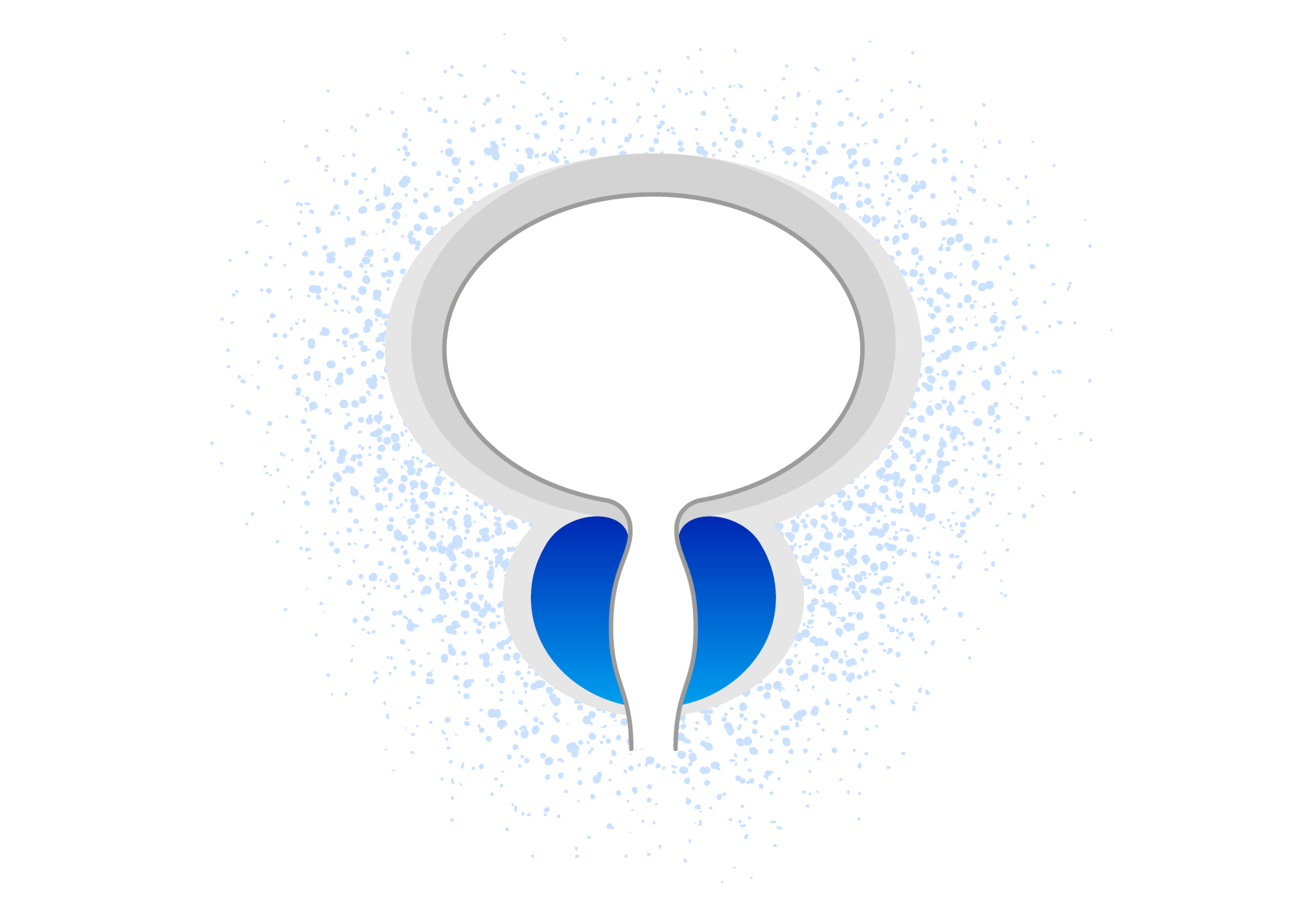
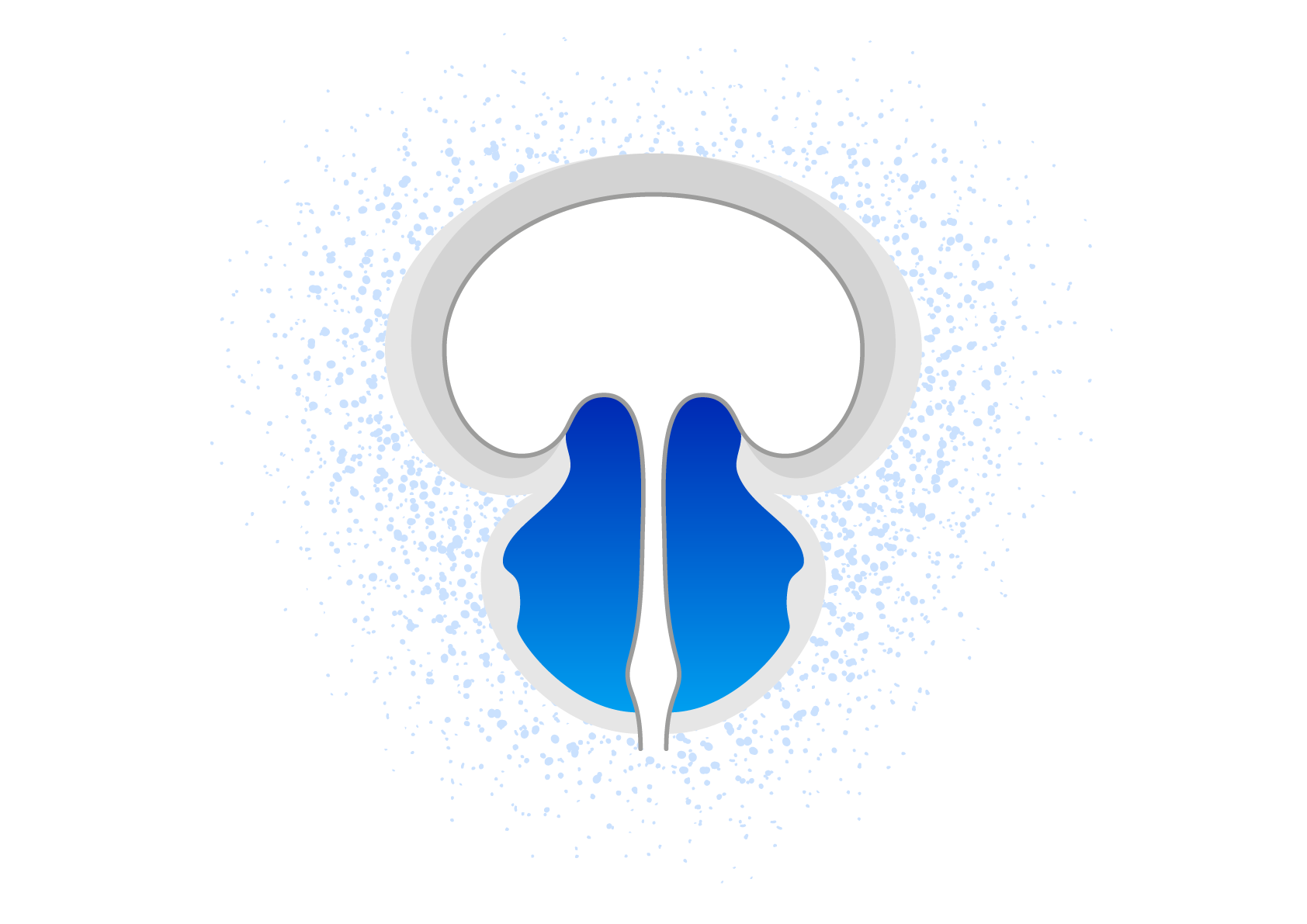
Enlarged Prostate
In benign enlargement of the prostate, the urethra becomes increasingly narrowed. This can lead to bladder emptying disorders and urinary retention.
Benign Prostate Hyperplasia
Therapy
The therapy of BPH depends on the stage of the disease and the symptoms. The first-line therapy includes lifestyle modifications, the administration of appropriate medications such as alpha-blockers, 5-alpha-reductase inhibitors or anticholinergics. PDE5 inhibitors are also useful in the treatment of LUTS, especially when associated with erectile dysfunction.
The aim of the drug treatment is to alleviate the symptoms and to improve the urine flow.
Since the administration of the mentioned preparations in some cases is associated with side effects or does not achieve the desired success, those affected are often dependent on alternative treatments.
The standard surgical treatment of BPH is transurethral resection of the prostate (TURP), which, however, can also cause side effects and is a relatively invasive procedure. Up to 90 percent of patients experience sustained retrograde ejaculation after a TURP. Other, though rarer, consequences are infections, incontinence, erectile dysfunction and urethral strictures.
As a minimally invasive alternative to TURP, embolization of the prostate was developed.
What is the PAE?
Prostate Artery Embolization
PAE (PAE = Prostate Arterial Embolization) is a relatively new procedure for the treatment of BPH.
The method was established in close interdisciplinary collaboration by Prof. Markus Margreiter (Urologist) and Prof. Florian Wolf (Interventional Radiologist) in Austria and has been offered as a routine intervention since 2014.
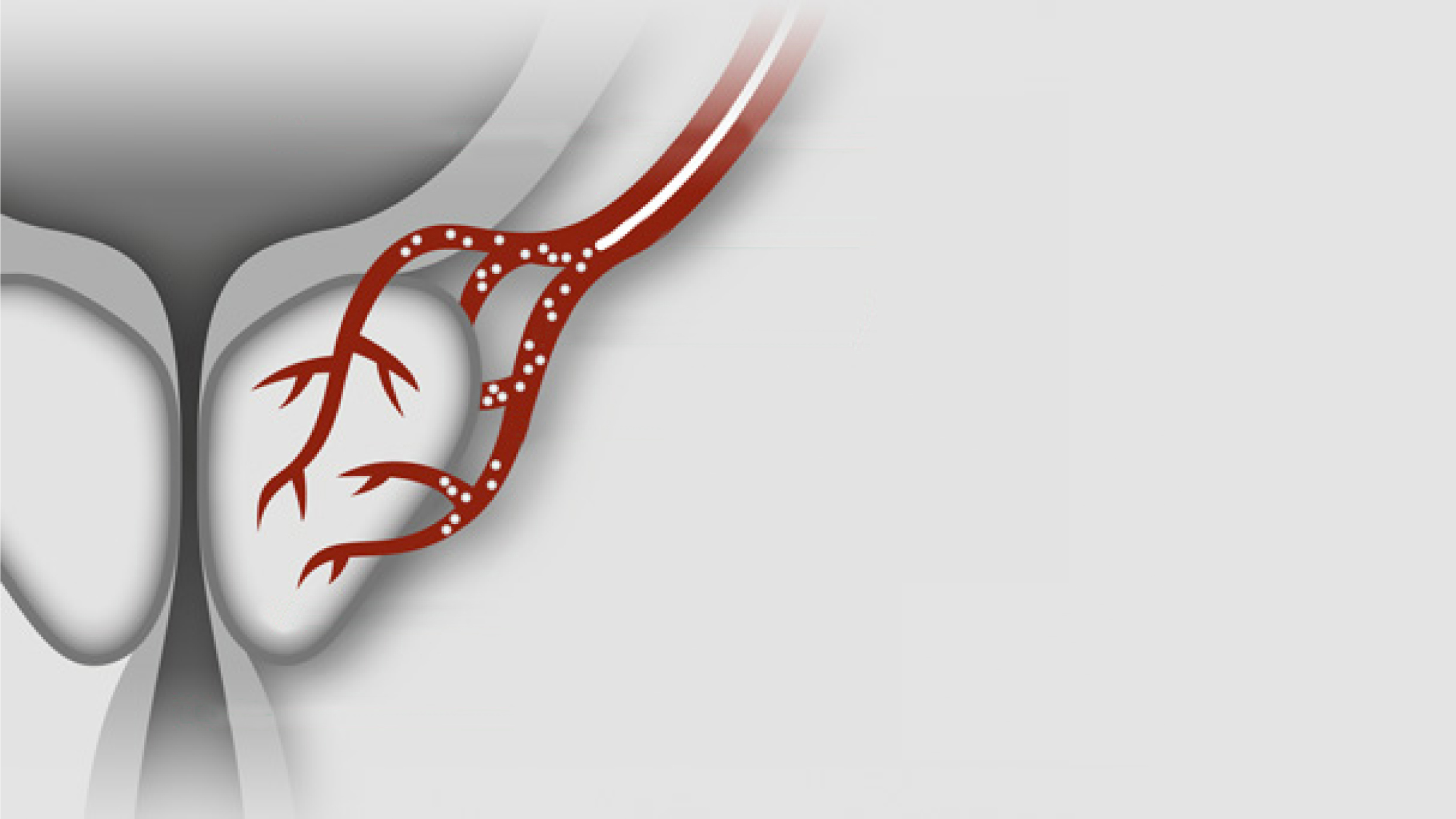
PAE is minimal invasive, does not require general anesthesia and may save the lifelong use of medication and surgery. At the same time, only in rare cases relevant side effects occur.
In PAE, the patient is treated only under local anesthesia. A guide catheter is introduced in the left or right inguinal artery.
Subsequently, a microcatheter is advanced towards the prostate artery. Once this is achieved, the embolization is done with tiny plastic particles (size 200 microns).
These particles occlude the supplying arteries, stopping blood flow and shrinking the organ.
Requirements
Are you a candidate for PAE?
Whether a patient is suitable for the PAE and whether the procedure is indicated from a urological perspective or whether another therapy would be the more suitable option is assessed jointly by Prof. Margreiter and Prof. Wolf.
Duration
How long does a PAE take?
The procedure takes between 60 and 120 minutes and is associated with a short inpatient stay of 1-2 nights.
Before the procedure, a catheter is placed, which is removed the day after the procedure.
Location
Private Hospital Confraternity
The procedure takes place at the Private Clinic Confraterinty, where the patient is hospitalized for 1-2 nights.

Media presence
The PAE Center in the ORF
Prof. Markus Margreiter and Prof. Florian Wolf were featured in the program “Leben Heute” to a broad audience.
ORF interview with the Urologist Prof. Margreiter on “Prostate Arterial Embolization in BPH”.
ORF interview with the Interventional Radiologist Prof. Wolf on the topic “Prostate Arterial Embolization”.
Contact
Team
The care before and after the PAE, as well as the intervention itself is done in close teamwork by Priv. Doz. Margreiter and Prof. Wolf. Each intervention is carried out by the team of experts themselves.

Priv. Doz. Markus Margreiter
Urologist
Sylvia Recsey-Kaplan
Assistent of Dr. Markus Margreiter
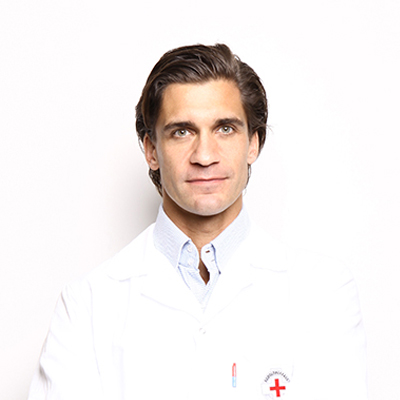
Prof. Florian Wolf
Interventional Radiologist
Mag. Marie-Theres Wolf
Assistant of Dr. Florian Wolf
What others say
Great satisfaction in patients
You are interested in PAE?
Contact us
We will get back to you as soon as possible to answer your request.
PAE Center Vienna
Skodagasse 32
1080 Vienna
To schedule an appointment
Monday to Friday
9 –19:00
Phone number
01/876 56 49
E-Mail
office (at) pae-center.at



